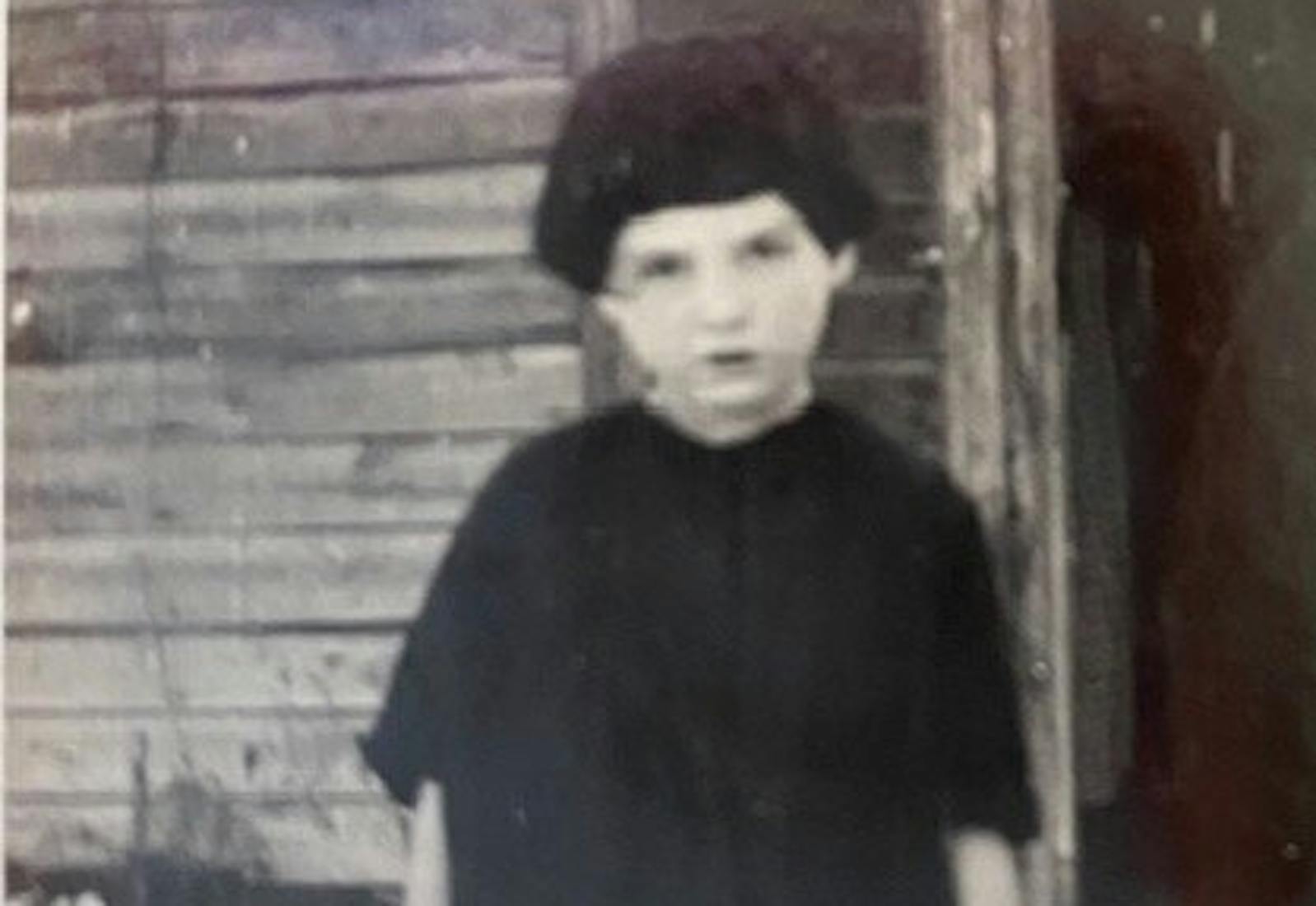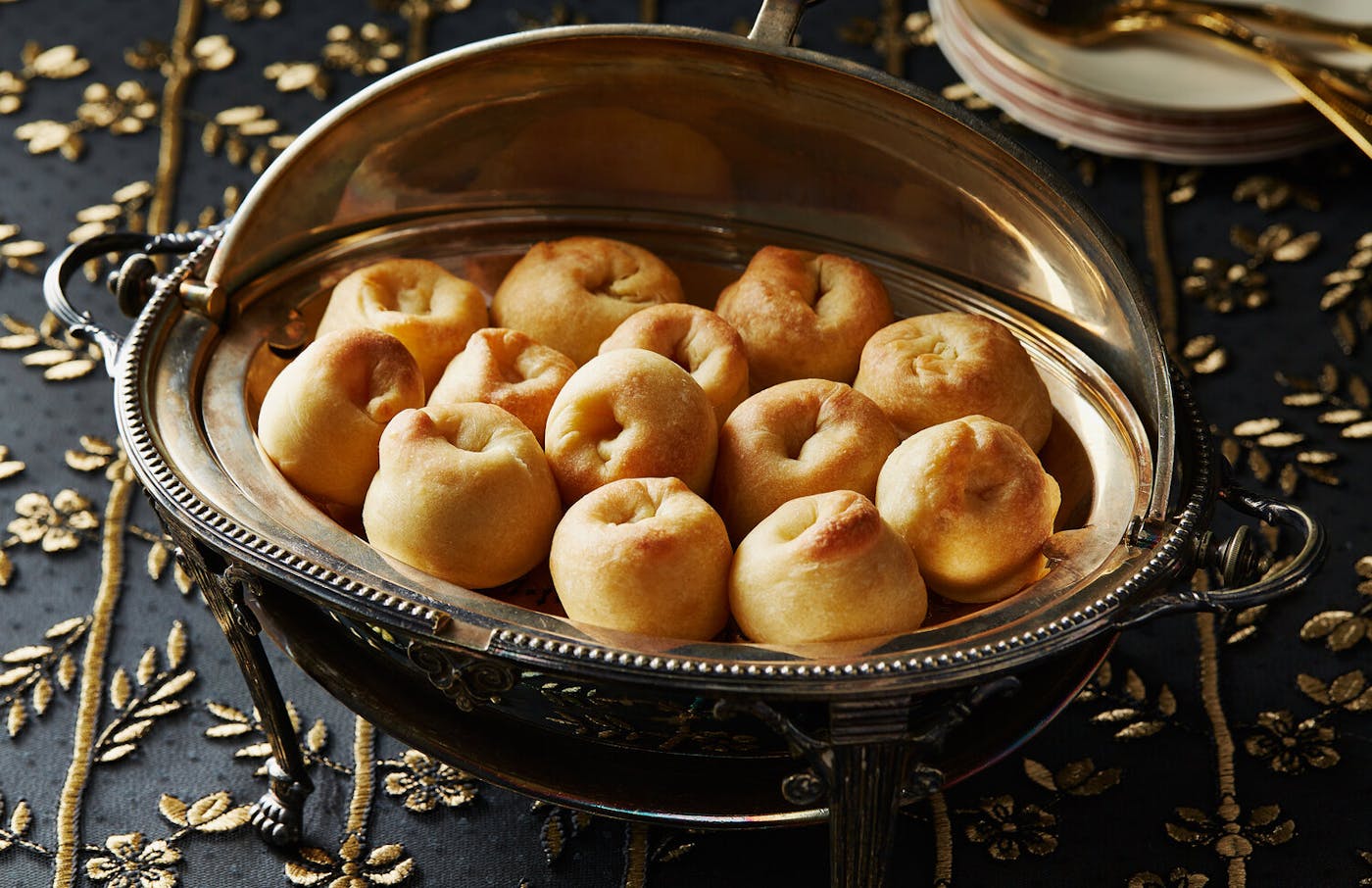Shared by Barbara Taranto


When Barbara Taranto was growing up in the Canadian city Saskatoon in the 1950s and 1960s, invitations to Jewish celebrations or simchas, like bar mitzvahs and weddings, were never mailed within the small community. “Everyone assumed that you went,” says Barbara, a librarian and archivist who now lives in Tel Aviv.
“There was a really strong inclination [towards] socialism, for sharing everything and sharing ideas and taking care of the Jewish community as a whole,” she adds. Women like her grandmother Sarah and her mother Goldie would gather together to cook for the celebrations making Ashkenazi staples like kugel, brisket, kasha, chopped liver, and their signature knishes filled with potatoes for parties in the evening when meat would be served and with cheese and rice for midday gatherings. “The recipe is one that was brought to Canada by a lot of different women,” Barbara explains.
Barbara’s grandparents came to Canada from Ovruch in Ukraine in 1900, likely to escape pogroms, she says. The family was part of a wave of Ukrainian immigrants, many of whom were enticed by Canada’s promise of a “quarter section of free land,” or 250 acres where they could build a farm in Canada’s prairies. For a time, her grandfather worked building cabinets for ships in Montreal until the government gave him a homestead. He took a train to Saskatchewan and walked the 100 miles from Saskatoon to D’Arcy with a map from the government to find the land set aside for his family.
The family wasn’t alone. Many Jews settled across the Canadian prairies and “All those communities had one thing in common — they looked after each other,” Barbara says. That continued when the family later moved to Saskatoon when her mother Goldie was a teenager. When Barbara was little, she recalls watching her mother and other women at the local Jewish Community Center as they rolled the dough for the knishes, using an unusual technique where the dough is formed into a large ring and then broken with the heel of one’s hand. “They were like one unit,” she says. Sometime in the 1930s, when dairy products were rationed and rice was cheap and readily available, the rice was added to the cheese knish recipe, according to Goldie.
There was no written recipe, but the style of knishes endured with women making their own renditions at home. Barbara came across some at a Bar Mitzvah in Ottawa a few years ago — made by a woman who came from the prairies. And Goldie, who is 100 years old, continues to make them. When the family gathered for her birthday party “there was a fight over them — who got how many,” says Barbara.
In Tel Aviv, she’s made the recipe with her son Isaac, but she’s never been able to stretch the dough quite as her mother does, adding that, “to me, the magic is in the hands of who makes it.”
